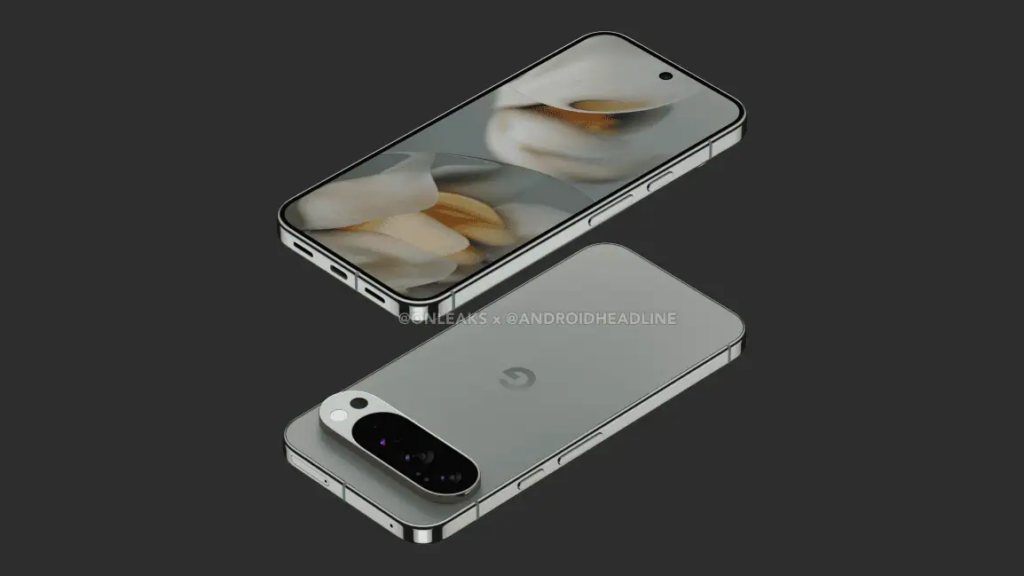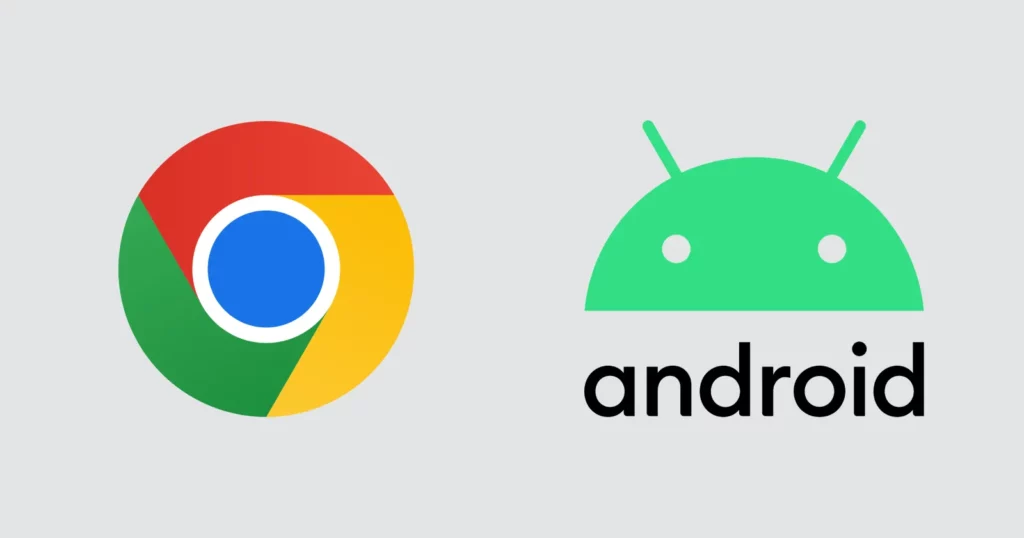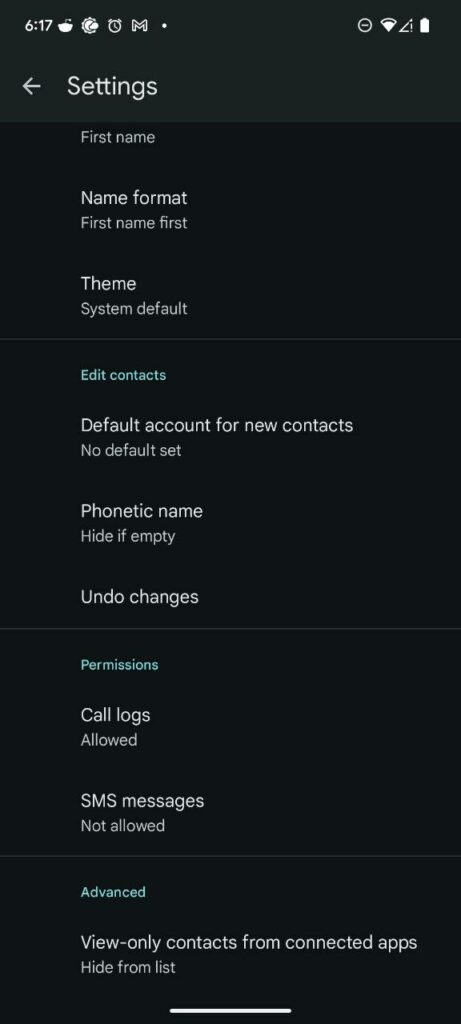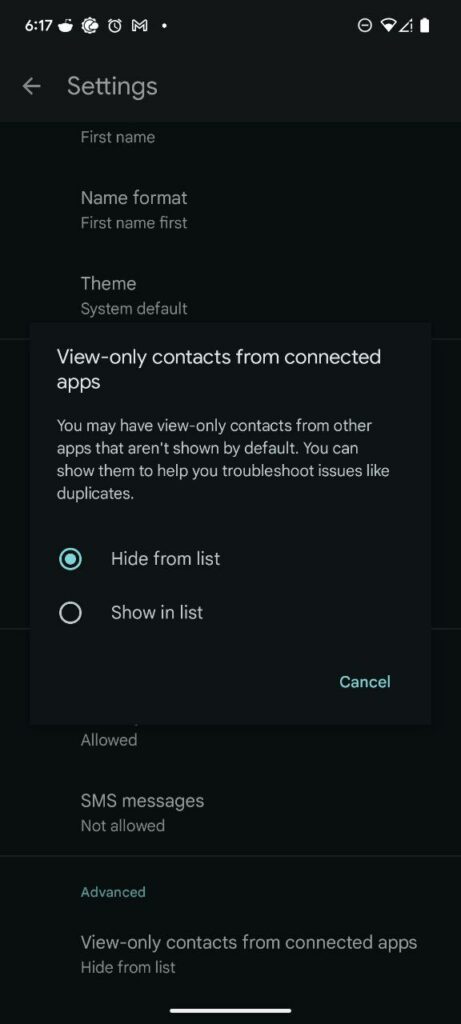Google fans have a lot to chew on this week. From leaked prices on the upcoming Pixel 10 lineup to big software shifts that could change how we use our devices. Let’s break it down piece by piece. These updates show Google is pushing forward on both hardware and software fronts. It keeps things exciting for Android users everywhere.
Leaked Pixel 10 prices suggest a win for wallets
Word on the street is that the Pixel 10 series won’t hit your bank account any harder than last year’s models. A recent leak has spilled the beans on European pricing. And it’s looking like good news for anyone eyeing an upgrade.
The base Pixel 10 will start at €899 ($1,053.63) for 128GB and jump to €999 ($1,170.03) for 256GB. Moving up, the Pixel 10 Pro is expected to come in at €1,099 ($1,286.43) for 128GB, €1,199 ($1,403.03) for 256GB, €1,329 ($1,555.93) for 512GB, and a hefty €1,589 ($1,859.13) for 1TB. Then there’s the Pixel 10 Pro XL, which will kick off at €1,299 ($1,520.03) for 256GB, €1,429 ($1,672.93) for 512GB, and €1,689 ($1,976.13) for 1TB. Don’t forget the foldable – the Pixel 10 Pro Fold is expected to be priced at €1,899 ($2,221.83) for 256GB, €2,029 ($2,374.73) for 512GB, and €2,289 ($2,678.93) for 1TB.

What makes this leak a breath of fresh air? These numbers match the Pixel 9 series exactly. No sneaky price hikes here. In a world where tech costs keep climbing, steady pricing feels like a small victory. Especially with inflation biting at everyone’s heels.
This info comes from reliable leaker Roland Quandt over at WinFuture. So we can consider them fairly reliable, given Roland Quandt’s track record. If you’re thinking about an upgrade, you can check out everything we know about the Pixel 10 series.
Google sets sights on merging Android and Chrome OS
Shifting gears to software, Google just dropped a bombshell. They’re officially combining Android and Chrome OS into one unified platform. This could reshape laptops, tablets, and everything in between.
Sameer Samat, Google’s president of the Android ecosystem, let it slip in a chat with TechRadar. He mentioned they’re blending the two systems to better understand how people use laptops today. It’s not about starting from scratch. Instead, Chrome OS will migrate into Android’s framework. That means Android gets the starring role.
Why now? Android 16 is already teasing desktop-like features. Think proper windowing, better external display support, and apps that adapt to bigger screens. This merger builds on that. Chromebooks have been huge in schools and for light work. But they’ve always felt separate from phones and tablets. Merging could mean smoother experiences across devices. Imagine running the same apps seamlessly on your phone and laptop.
As reported by Android Authority, this is Google’s first public nod to the plan. They’ve toyed with ideas like Fuchsia before, but that never panned out. This merger promises a more connected Google world. For context, Chrome OS launched back in 2011 as a web-focused OS. Android, born in 2008, powers billions of phones. Bringing them together makes sense in a multi-device era. That said, there’s no timeline for this yet. So we’ll just have to wait for some official information from Google to get a better picture of the plan.
Google Contacts app tackles clutter with new feature
On a smaller but super practical note, Google is sprucing up its Contacts app. A fresh update lets you peek at read-only contacts from third-party apps. It’s all about cutting down on mess.
Earlier, an APK teardown of the Contacts app by Android Authority of version 4.57 revealed the toggle. Now, it’s rolling out in version 4.58. You can choose to show or hide these view-only entries. They’re the ones synced from apps like WhatsApp or Telegram. Normally hidden to keep things tidy. But sometimes duplicates pop up, causing headaches.
This fix helps troubleshoot those issues. Flip the switch, spot the problem, and sort it out. For most people, leaving them hidden works fine. Those apps handle their own contact lists anyway. It’s a smart move for power users who dig into settings.
All in all, these bits from Google paint a picture of steady progress. Hardware stays affordable, software gets unified, and everyday apps improve. Feel free to share your thoughts on these developments in the comments section below.





